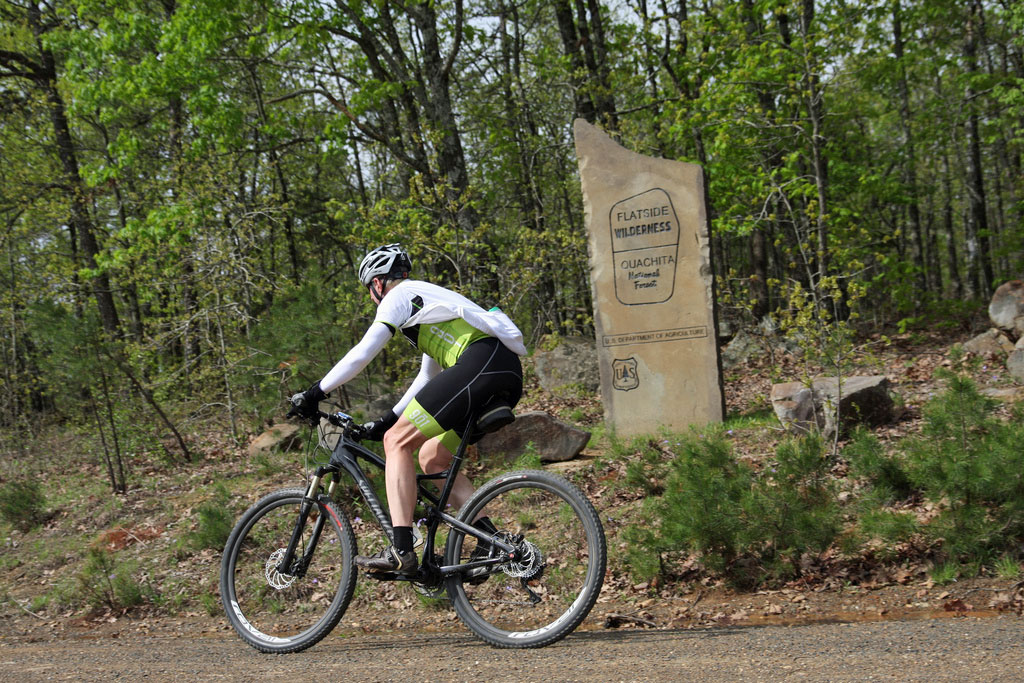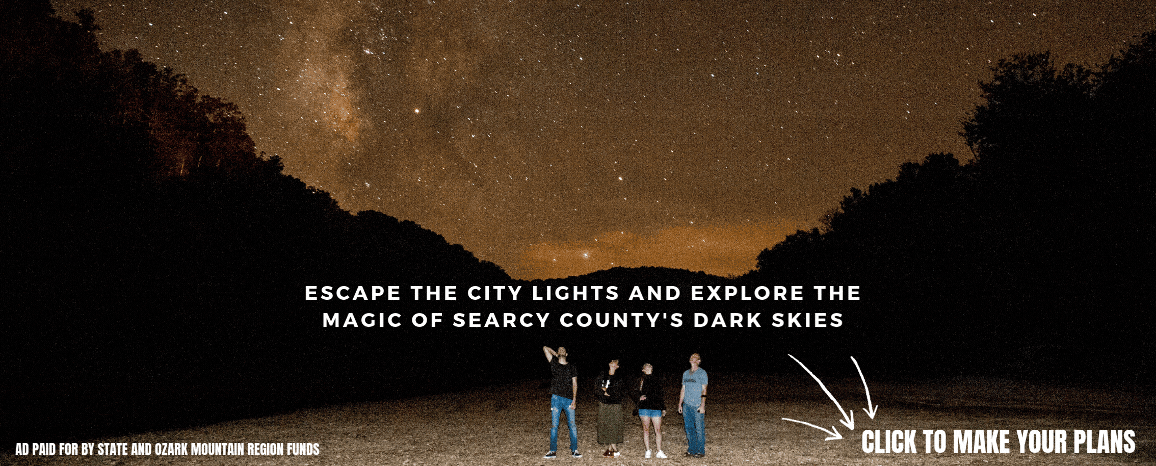
“Arkansans and visitors should enjoy the amazing landscape our great state has to offer. In 2019, my bill, the Flatside Wilderness Enhancement Act, added over 600 acres to Flatside Wilderness, known as Bethune Woods. In 2019, I also commissioned a study of all possible qualifying additions to Flatside,” said Hill. “I am proud to introduce H.R. 3971, the Flatside Wilderness Additions Act, which will complete my work on the final expansion of Flatside Wilderness and add an additional 2,215 acres of existing forest service land to the area – bringing more opportunities for Arkansans and visitors to explore more of Arkansas’s natural qualities and further boost our state’s outdoor recreation economy.”

What is a Wilderness Area?
The Wilderness Act defines wilderness as “an area where the earth and its community of life are untrammeled by man, where man himself is a visitor who does not remain.” It emphasizes the preservation of wilderness character, which includes natural conditions, minimal human impact, and self-regulating ecological processes.
The designation of a Federal Wilderness Area imposes certain legal protections and restrictions on the land. Motorized vehicles, mechanized equipment, and permanent structures are generally prohibited within wilderness areas. The primary activities allowed in wilderness areas include non-motorized recreation, such as hiking, camping, fishing, and wildlife observation. Mountain biking is currently not allowed in Wilderness Areas.
Federal Wilderness Areas are managed by various federal agencies, including the National Park Service, U.S. Forest Service, U.S. Fish and Wildlife Service, and Bureau of Land Management. These agencies work to maintain the ecological integrity of wilderness areas while also providing visitor access and enjoyment, often through the establishment of designated trails and campsites.

Designated Wilderness Areas in Arkansas
There are 11 designated wilderness areas in Arkansas, all within the U.S. Forest Service properties except Big Lake Wilderness in the Big Lake National Wildlife Refuge, and Buffalo National River Wilderness: several parcels along the Buffalo National River corridor.
Here are the 11 designated wilderness areas in Arkansas, with their acreage and the year they were designated:
- Big Lake Wilderness (8,430 acres): 1986
- Black Fork Mountain Wilderness (11,300 acres): 1980
- Buffalo National River Wilderness (130,717 acres): 1972
- Caney Creek Wilderness (14,460 acres): 1975
- Dry Creek Wilderness (8,640 acres): 1975
- East Fork Wilderness (17,690 acres): 1980
- Flatside Wilderness (12,390 acres): 1984
- Hurricane Creek Wilderness (10,630 acres): 1980
- Leatherwood Wilderness (11,120 acres): 1975
- Poteau Mountain Wilderness (11,299 acres): 1980
- Richland Creek Wilderness (10,890 acres): 1980
These wilderness areas are home to a variety of plant and animal life, including white-tailed deer, black bears, bobcats, and bald eagles. They also offer a variety of recreational opportunities, such as hiking, camping, fishing, and backpacking.
- Arkansas Governor Sarah Huckabee Sanders
- Perry County Judge Larry Blackmon
- Arkansas Game and Fish Commission
- Arkansas Parks and Tourism
- Friends of the Ouachita Trail
- The PEW Charitable Trusts
- Southern Environmental Law Center
- The Wilderness Society





2 Responses
So, the state makes more National Forest land unavailable to dispersed camper type camping.
Already the southern half of the state from Little Rock to Louisiana has virtually no camping areas so why not develop something south of LR for a change instead????!!!!
Robin, first, the designation will not eliminate any current dispersed camping in the Ouachita National Forest. second, the state does not manage the National Forest, that is a function of the US Department of Agriculture. Third, the wooded areas of south Arkansas are mostly private lands much owned by timber companies so there wouldn’t be dispersed camping in these areas.